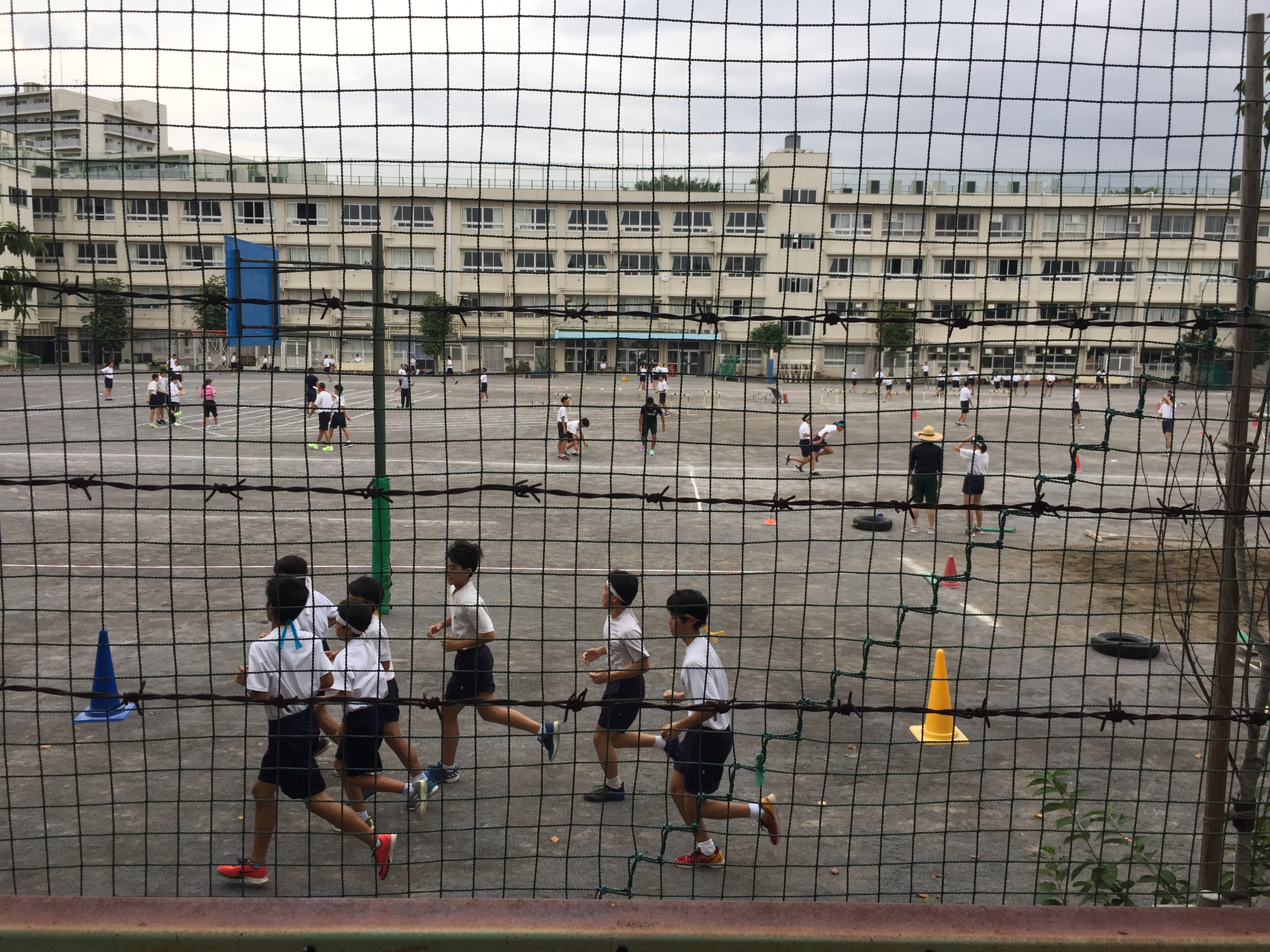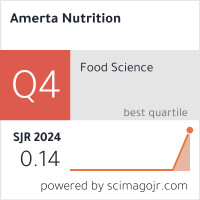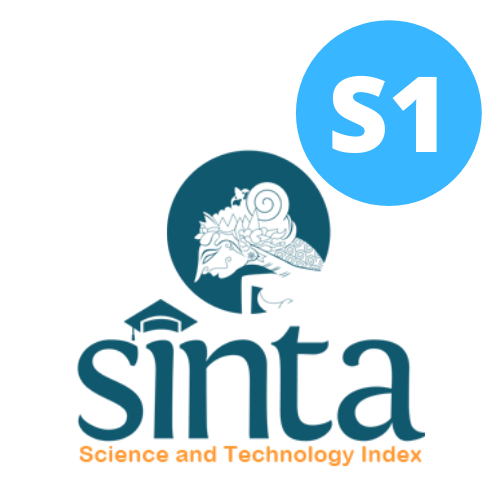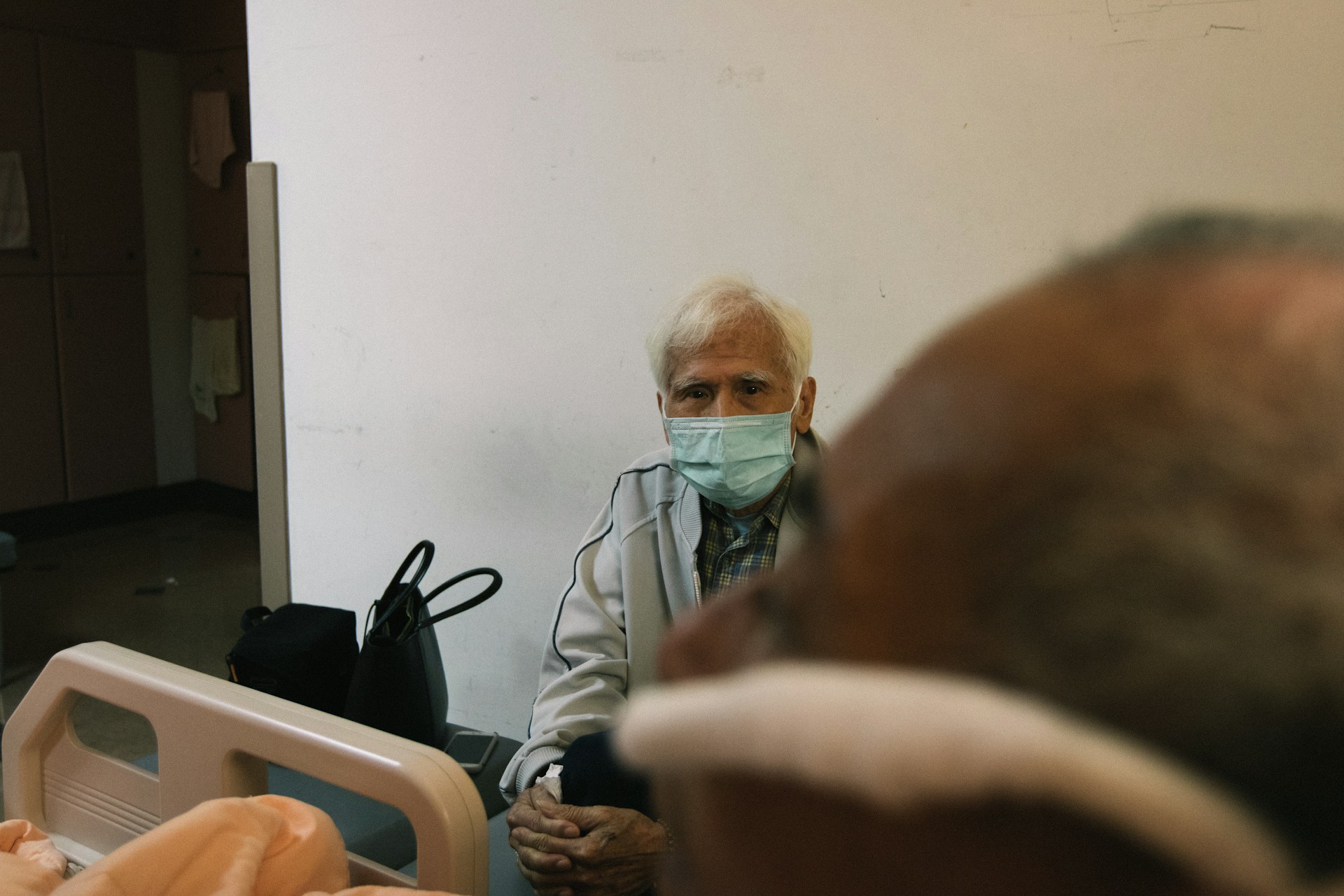Occurrence of Obesity and Its Relation to Fe Deficiency in School-Age Children: A Systematic Review
Kejadian Obesitas dan Hubungannya dengan Defisiensi Fe pada Anak Usia Sekolah: Tinjauan Sistematis

Downloads
Background: The problem of nutritional health in society is a crucial topic widely reported in developed and developing countries. The incidence of Fe deficiency in children is associated with obesity, including overweight, but the relationship between the two is still being identified further.
Objectives: To identify the relationship between obesity in school-aged children (7-19 years) and Fe deficiency and the specific parameters used through a systematic review.
Methods: This research was conducted with a systematic review using PubMed, Scopus, and ScienceDirect databases. The literature search strategy was carried out through evidence software by entering predefined inclusion and exclusion criteria. Five kinds of literature were selected from 2015 to 2021.
Discussions: Fe deficiency is defined as the presence of two or more abnormal values "‹"‹of the following parameters: (i) serum ferritin (SF) <15µg/L (ii) serum iron (SI) <10.7 µmol/l; (iii) Total iron Binding Capacity (TIBC) >62.7 µmol/l; dan (iv) %transferrin saturation (%Tsat) <15%. Fe deficiency in obese conditions occurs through an increase in proinflammatory mechanisms and the role of leptin which can reduce the availability and absorption of Fe in the body. Parameters soluble transferrin receptor (sTfR) is the best parameter to identify Fe deficiency in obese individuals. At the same time, serum ferritin (SF) has limitations as an indicator of iron status in obese children.
Conclusions: These findings indicate that the incidence of obesity in children may lead to an increased risk of iron deficiency. The problem of iron deficiency and obesity is a public health problem that has detrimental short and long-term health effects, especially for school-age children in a phase of cognitive growth and development. The sTfR parameter is not significantly affected by inflammation due to adiposity, so it can differentiate iron deficiency from inflammatory hypoferremia.
Huang, Y. F. et al. Relationship Between being Overweight and Iron Deficiency in Adolescents. Pediatr Neonatol 56, 386–392 (2015).
Hutchinson, C. A review of iron studies in overweight and obese children and adolescents: a double burden in the young? Eur J Nutr 55, 2179–2197 (2016).
Mujica-Coopman, M. F., Brito, A., López de Romaña, D., Pizarro, F. & Olivares, M. Body mass index, iron absorption and iron status in childbearing age women. Journal of Trace Elements in Medicine and Biology 30, 215–219 (2015).
Cepeda-Lopez, A. C., Melse-Boonstra, A., Zimmermann, M. B. & Herter-Aeberli, I. In overweight and obese women, dietary iron absorption is reduced and the enhancement of iron absorption by ascorbic acid is one-half that in normal-weight women. Am J Clin Nutr 102, 1389–1397 (2015).
Manios, Y. et al. The double burden of obesity and iron deficiency on children and adolescents in Greece: the Healthy Growth Study. J Hum Nutr Diet 26, 470–478 (2013).
Arcanjo, F. P. N., Arcanjo, C. P. C. & Santos, P. R. Schoolchildren with Learning Difficulties Have Low Iron Status and High Anemia Prevalence. J Nutr Metab 2016, (2016).
Sanad, M., Osman, M. & Gharib, A. Obesity modulate serum hepcidin and treatment outcome of iron deficiency anemia in children: a case-control study. Ital J Pediatr 37, (2011).
Besarab, A. & Hemmerich, S. Iron-Deficiency Anemia. Management of Anemia 11–29 (2018) doi:10.1007/978-1-4939-7360-6_2.
Alshwaiyat, N. M., Ahmad, A., Hassan, W. M. R. W. & Al-Jamal, H. A. N. Association between obesity and iron deficiency (Review). Exp Ther Med 22, (2021).
Cheng, H. L. et al. The relationship between obesity and hypoferraemia in adults: a systematic review. Obes Rev 13, 150–161 (2012).
Panichsillaphakit, E., Suteerojntrakool, O., Pancharoen, C., Nuchprayoon, I. & Chomtho, S. The Association between Hepcidin and Iron Status in Children and Adolescents with Obesity. J Nutr Metab 2021, (2021).
Barends, E., Rousseau, D. M. & Briner, R. B. CEBMa center for Evidence-Based Management Rapid Evidence Assessments in Management and Organizations.
Cepeda-Lopez, A. C., Aeberli, I. & Zimmermann, M. B. Does obesity increase risk for iron deficiency? A review of the literature and the potential mechanisms. International Journal for Vitamin and Nutrition Research vol. 80 263–270 Preprint at https://doi.org/10.1024/0300-9831/a000033 (2010).
Sonoda, K. Iron Deficiency Anemia: Guidelines from the American Gastroenterological Association. Am Fam Physician 104, 211–212 (2021).
WHO. BMI-for-age (5-19 years). https://www.who.int/tools/growth-reference-data-for-5to19-years/indicators/bmi-for-age (2007).
Pivina, L., Semenova, Y., Doşa, M. D., Dauletyarova, M. & Bjí¸rklund, G. Iron Deficiency, Cognitive Functions, and Neurobehavioral Disorders in Children. J Mol Neurosci 68, (2019).
Anderson, G. J. & Frazer, D. M. Current understanding of iron homeostasis. Am J Clin Nutr 106, 1559S-1566S (2017).
Ward, D. M. & Kaplan, J. Ferroportin-mediated iron transport: expression and regulation. Biochim Biophys Acta 1823, 1426–1433 (2012).
Kühn, L. C. Iron regulatory proteins and their role in controlling iron metabolism. Metallomics 7, 232–243 (2015).
Przybyszewska, J. & Zekanowska, E. The role of hepcidin, ferroportin, HCP1, and DMT1 protein in iron absorption in the human digestive tract. Prz Gastroenterol 9, 208–213 (2014).
Zhao, L. et al. Obesity and iron deficiency: A quantitative meta-analysis. Obesity Reviews 16, 1081–1093 (2015).
Alshwaiyat, N., Ahmad, A., Wan Hassan, W. M. R. & Al jamal, H. Association between obesity and iron deficiency (Review). Exp Ther Med 22, (2021).
Zheng, H. et al. Anaemia, iron deficiency, iron-deficiency anaemia and their associations with obesity among schoolchildren in Guangzhou, China. Public Health Nutr 23, 1693–1702 (2020).
Suteerojntrakool, O. et al. Anthropometric Markers and Iron Status of 6-12-Year-Old Thai Children: Associations and Predictors. J Nutr Metab 2021, (2021).
Ferrari, M. et al. Inflammation profile in overweight/obese adolescents in Europe: an analysis in relation to iron status. Eur J Clin Nutr 69, 247–255 (2015).
Huang, Y. F. et al. Relationship between being Overweight and Iron Deficiency in Adolescents. Pediatr Neonatol 56, 386–392 (2015).
Hou, L. et al. Analytical evaluation of three soluble transferrin receptor measurement systems for diagnosis of iron deficiency anemia: A retrospective study. J Clin Lab Anal 34, (2020).
Sierpinski, R. et al. High soluble transferrin receptor in patients with heart failure: a measure of iron deficiency and a strong predictor of mortality. Eur J Heart Fail 23, 919–932 (2021).
Copyright (c) 2023 Amerta Nutrition

This work is licensed under a Creative Commons Attribution-ShareAlike 4.0 International License.
AMERTA NUTR by Unair is licensed under a Creative Commons Attribution-ShareAlike 4.0 International License.
1. The journal allows the author to hold the copyright of the article without restrictions.
2. The journal allows the author(s) to retain publishing rights without restrictions
3. The legal formal aspect of journal publication accessibility refers to Creative Commons Attribution Share-Alike (CC BY-SA).
4. The Creative Commons Attribution Share-Alike (CC BY-SA) license allows re-distribution and re-use of a licensed work on the conditions that the creator is appropriately credited and that any derivative work is made available under "the same, similar or a compatible license”. Other than the conditions mentioned above, the editorial board is not responsible for copyright violation.












































